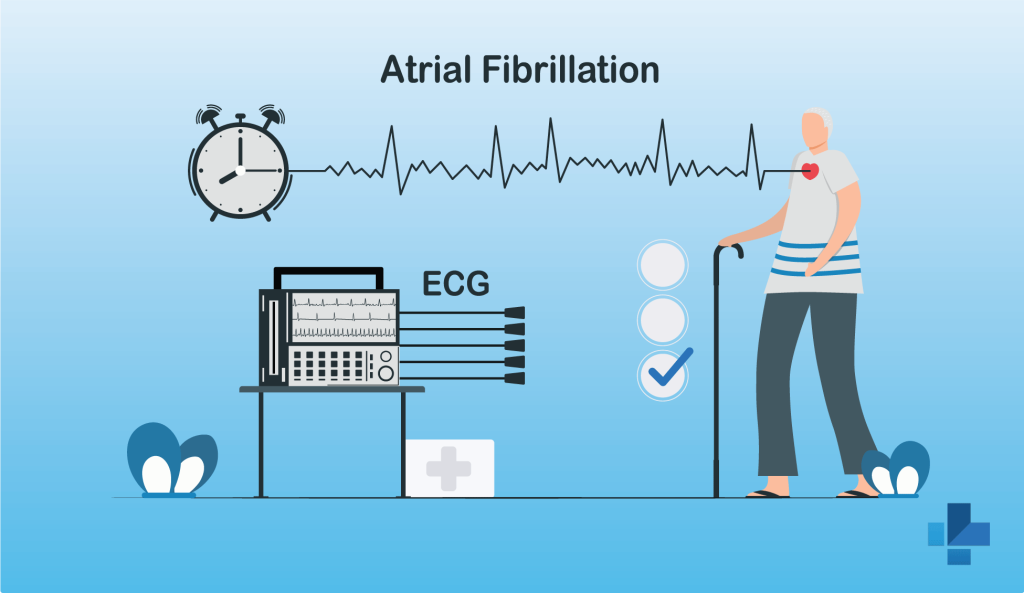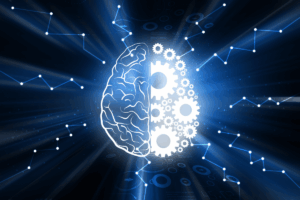
As per American Heart Association, Abnormal heart rhythms, also known as arrhythmias, are a common condition that affects millions of people worldwide. Arrhythmias are characterized by an irregular heartbeat, which can cause various symptoms, including chest pain, shortness of breath, lightheadedness, and fainting. If left untreated, abnormal heart rhythms can lead to serious health complications, including stroke, heart attack, and even death. As a healthcare professional, it is crucial to identify abnormal heart rhythms early on to prevent these potential complications and provide appropriate treatment.
Why is it essential to identify abnormal heart rhythms?
Identifying abnormal heart rhythms is crucial because they indicate an underlying heart condition requiring immediate attention. If left untreated, abnormal heart rhythms can lead to serious health complications, including stroke, heart attack, and even death. Identifying and treating abnormal heart rhythms can improve a patient’s quality of life, reduce the risk of further heart damage, and help prevent future complications.
Types of arrhythmias
There are several types of arrhythmias, each with its own set of causes, symptoms, and treatments. The most common types of arrhythmias include:
- Atrial fibrillation (AFib): AFib is the most common type of arrhythmia, affecting approximately 2.7 million people in the United States alone. AFib is characterized by a rapid, irregular heartbeat that can lead to blood clots, stroke, and heart failure.
- Ventricular tachycardia (VT): VT is a fast, regular heartbeat in the heart’s ventricles. This type of arrhythmia can cause dizziness, fainting, and cardiac arrest.
- Supraventricular tachycardia (SVT): SVT is a fast, regular heartbeat that originates above the ventricles in the atria of the heart. This arrhythmia can cause palpitations, chest pain, and shortness of breath.
- Bradycardia: A slow heartbeat is usually defined as a heart rate of less than 60 beats per minute. This type of arrhythmia can cause fatigue, dizziness, and fainting.
Causes of arrhythmias
There are several causes of arrhythmias, including:
- Heart disease: Heart disease, including coronary artery disease, heart valve disease, and heart failure, can cause arrhythmias.
- High blood pressure: High blood pressure can increase the risk of developing arrhythmias.
- Thyroid problems: Overactive or underactive thyroid gland can cause arrhythmias.
- Medications: Certain medications, including some used to treat high blood pressure and heart disease, can cause arrhythmias.
- Stimulants: Stimulants, such as caffeine, tobacco, and alcohol, can cause arrhythmias.
Symptoms of arrhythmias
The symptoms of arrhythmias vary depending on the type and severity of the condition.
Some common symptoms include:
- Palpitations: Palpitations are a sensation of fluttering or pounding in the chest.
- Chest pain: Chest pain or discomfort is a common symptom of arrhythmias.
- Shortness of breath: Shortness of breath is a common symptom of arrhythmias, especially during physical activity.
- Dizziness or lightheadedness: Dizziness or lightheadedness can be a symptom of arrhythmias.
- Fainting: Fainting, also known as syncope, is a symptom of arrhythmias that can occur suddenly and without warning.
Drugs to Treat Abnormal Heart Rhythms
As per MSD Manual, arrhythmias (irregular heartbeats) can be caused by various reasons. Fortunately, not all cases of irregular heartbeat necessitate medical attention. Arrhythmias can occasionally be treated with lifestyle changes such as stopping smoking and limiting or eliminating alcohol and caffeine consumption. Some arrhythmias are so severe or bothersome that they require medical attention. One approach is to take antiarrhythmic medicine. Cardioversion-defibrillation, ablation (the removal of a little portion of heart tissue suspected to be responsible for the arrhythmia), or the implantation of a pacemaker or implanted cardioverter-defibrillator (ICD) can also be used to treat arrhythmias.
Antiarrhythmic medicine can effectively treat fast arrhythmias that cause painful symptoms or pose a risk. All arrhythmias cannot be treated with a single drug. It may be required to try several drugs before finding one that is effective. Antiarrhythmic medicine might aggravate or even cause arrhythmias. This side effect is referred to as proarrhythmia. Antiarrhythmic drug use may have additional side effects. Antiarrhythmic medicines have been classified into different classes based on their mechanism of action.
The primary groups include sodium channel blockers, potassium channel blockers, calcium channel blockers, and beta-blockers. A beta-blocker can be used to counteract the effects of epinephrine (adrenaline). The obstruction slows the heart’s natural pacemaker activity and the conduction of electrical impulses through their regular routes. Calcium, potassium, and salt are electrolytes that move into and out of cardiac cells and are crucial for the heart’s regular electrical activity.
These electrolytes can move through the walls of cardiac cells thanks to channels, which are microscopic pores. Each electrolyte has its own designated pathway. If one of these channels is blocked, electrical conduction in the heart is delayed, and cardiac cell pacemaker activity is reduced. Adenosine and digoxin, two critical antiarrhythmic medications, are not included in this list. These drugs slow the conduction of the atrioventricular (AV) node in various ways. In healthy people, the AV node is the only electrical channel that connects the atrium and ventricle.
















One Response
thank you so much for the article, however i have seen an increasing number of women on hormonal therapy with similar symptoms as above …palpitations, dizziness, chest pain , headaches,, which i also think, hormonal contraceptives posse a risk of heart conditions.